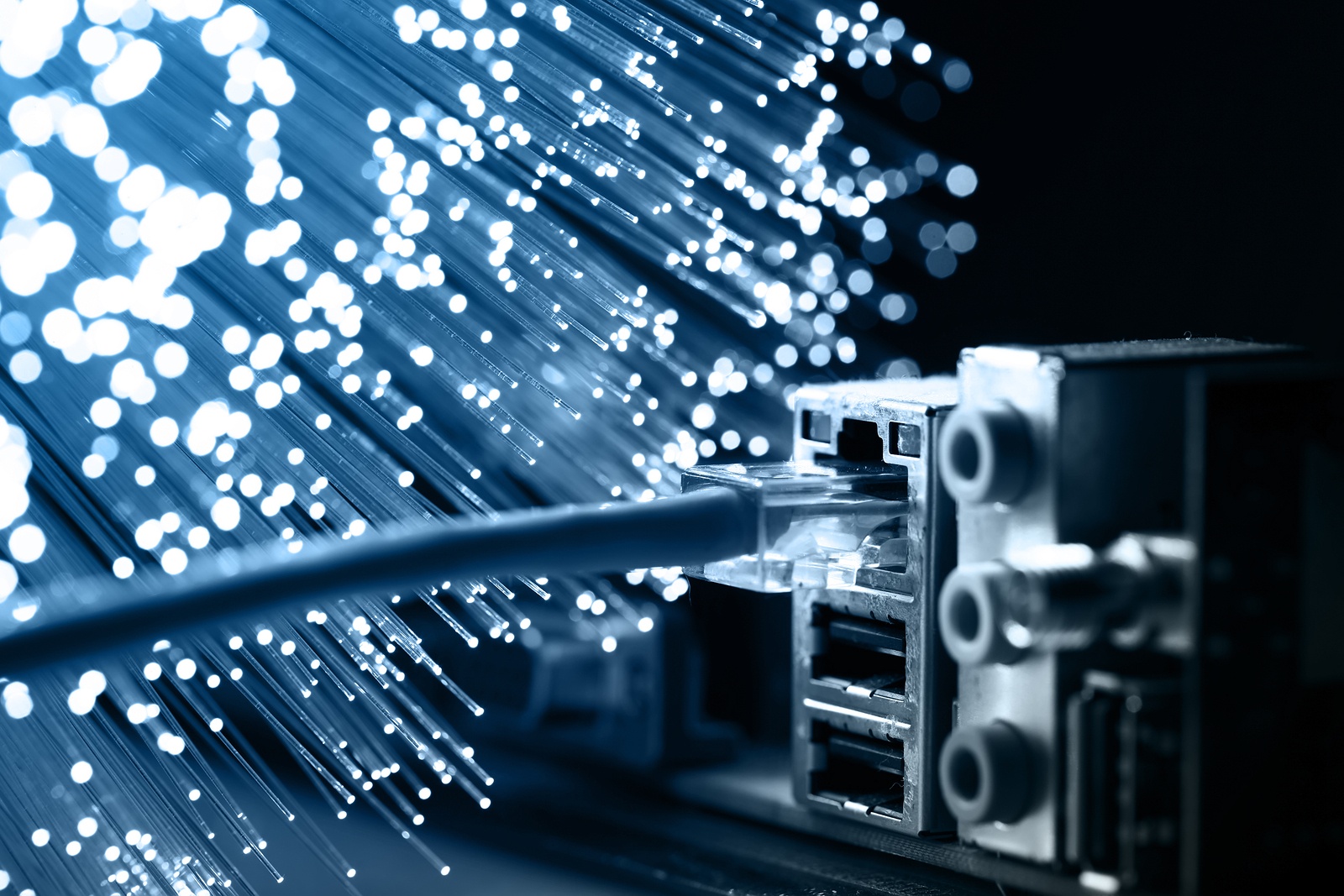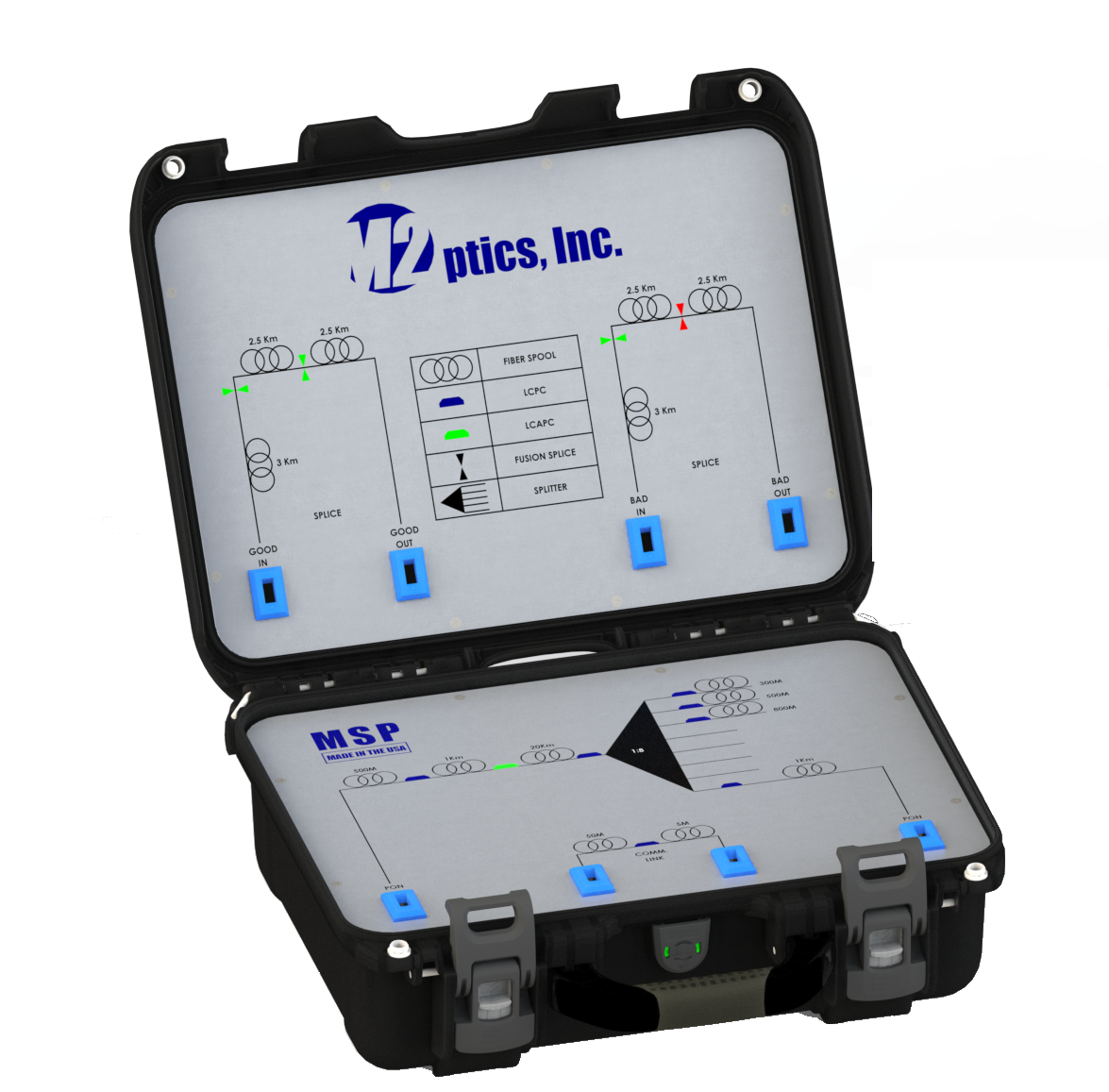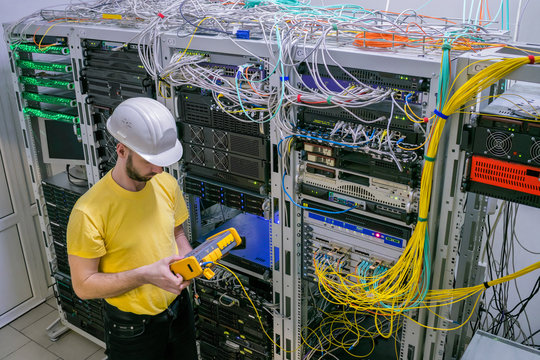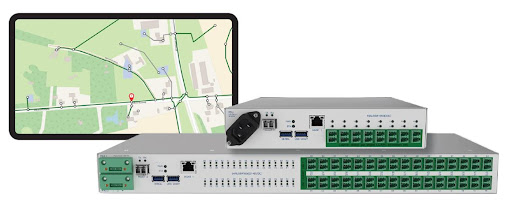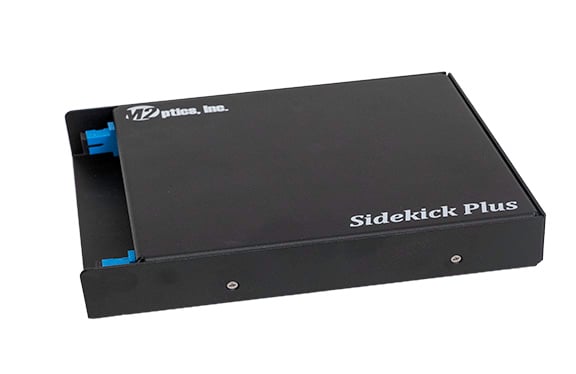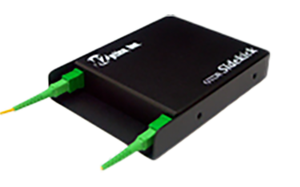A sophisticated device for fiber optic communications testing and troubleshooting, the Optical Time Domain Reflectometer (OTDR) is an essential tool that generates a range of insights about the performance and integrity of optical fibers. An OTDR operates by sending a light pulse down a fiber, analyzing the scattered and reflected light, and generating a "trace" report that identifies and pinpoints events along the fiber length. This data is valuable, highlighting expected or common events like known connection points or splices to more serious issues like fiber breaks. Therefore, an OTDR is beneficial for multiple testing processes from the initial fiber deployment through routine maintenance and troubleshooting issues.
As we covered in a previous article, "Important OTDR Parameters," learning to set up and use an OTDR to generate the most accurate results based on the specific network and fiber parameters during testing is necessary. There are also many different types of OTDR devices in the market today that offer various features and technical performance capabilities. However, the types of events they are all designed to identify are fairly universal, so understanding what they are is a key element to effectively using this device.
Reading on, we'll now briefly cover these key event types that are identified by OTDR devices, along with examples


